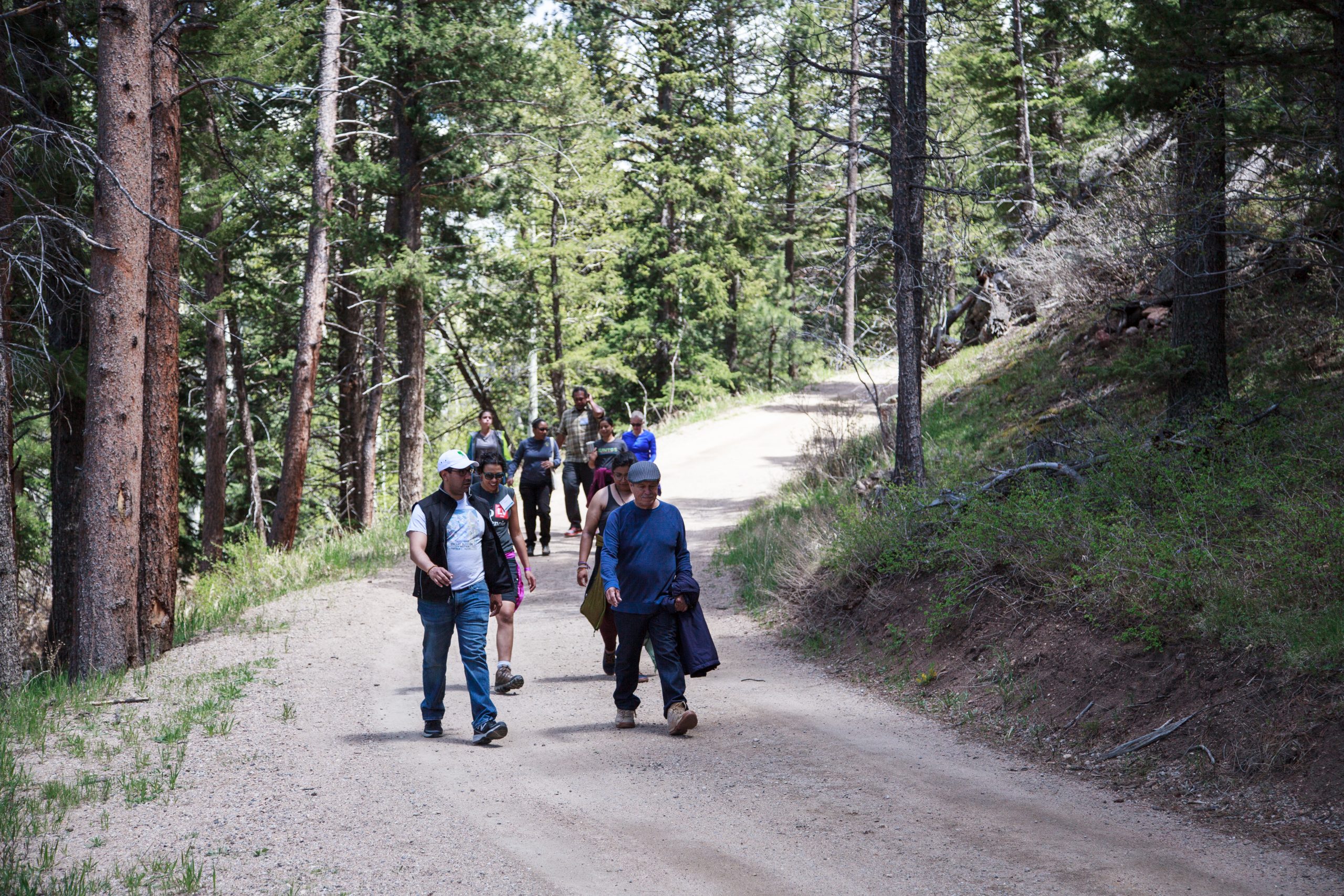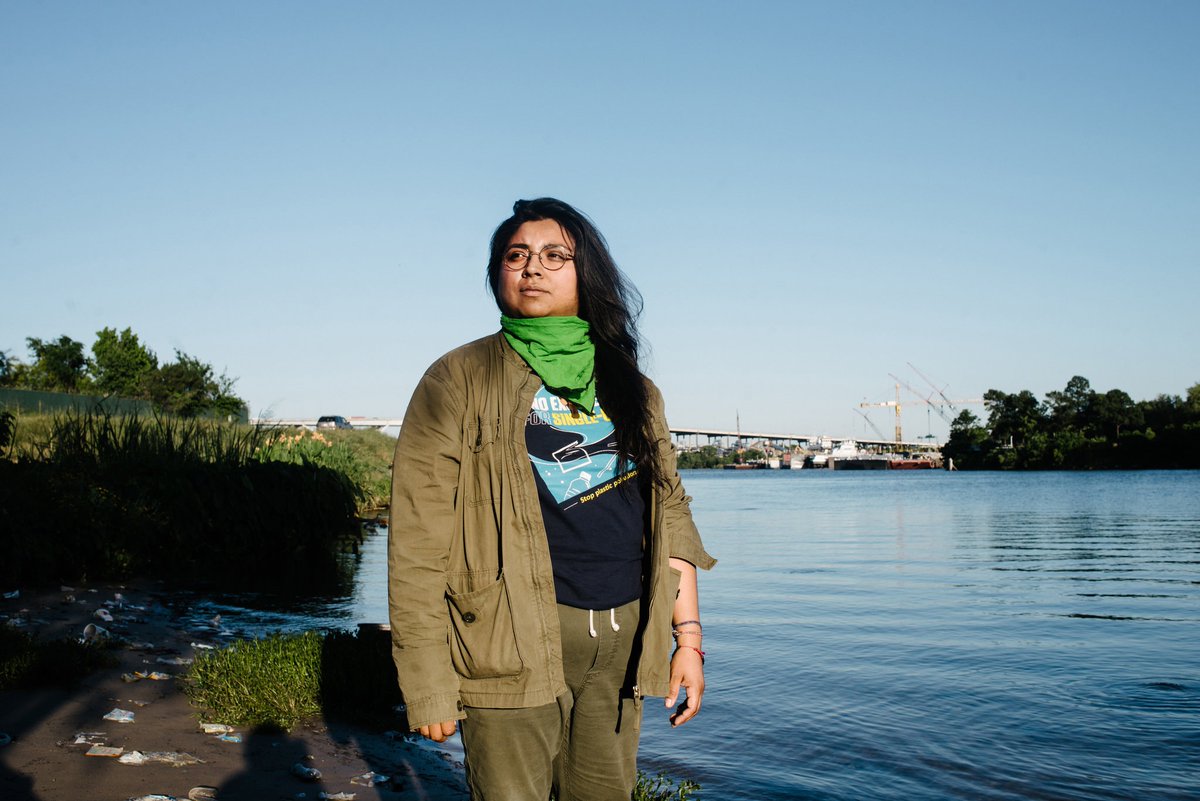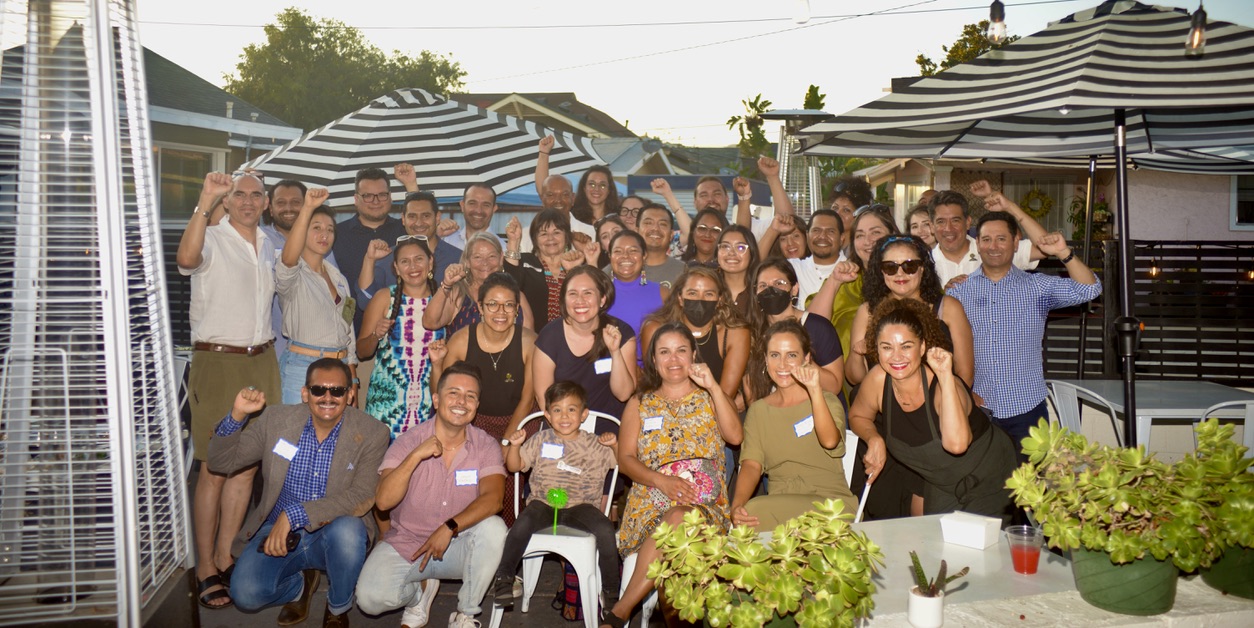The Transit To Trails Act is Essential for our Environmental Liberation
The Transit to Trails Act has been reintroduced in the 118th Congress!
-
Representative Jimmy Gomez (CA-34) is the sponsor of the House bill, H.R.3092. The bill is handled in the House Transportation and Infrastructure Committee, Subcommittee on Railroads, Pipelines, and Hazardous Materials
-
Senator Cory Booker (NJ) is the sponsor of the Senate bill, S.1440. The bill is housed in the Senate Committee on Commerce, Science, and Transportation.
-
Click the hyperlinks above to see current cosponsors of the Transit to Trails Act
The Transit To Trails Act is the most critical and innovative measure for eradicating the nature deprivation crisis. This bill would provide grants for underserved communities that create mobility to Federal or non-Federal public land, waters, parkland, recreational opportunities, or monuments, and linguistically appropriate education materials. Transit To Trails granting would occur with partnership from numerous bodies including: school districts, nonprofit organizations, metropolitan planning organizations, regional transportation authorities, transit agencies, and State and local governmental agencies.
There are two ways you can support the Transit to Trails Act now:
CLICK HERE to ask your members of Congress to co-sponsor the Transit to Trails Act.
Read on for information on how communities of color are in critical need of this bill for equitable access to nature, and share this article with your community members.
The Transit to Trails Act will close the nature gap experienced by U.S. communities of color
The stakes are high for the passage of the Transit to Trails Act. A report by the Center For American Progress details that:
-
Communities of color are three times more likely than white communities to live in nature deprived places.
-
Seventy percent of low-income communities across the country live in nature-deprived areas
Federal Public Land Access
Communities of color have disproportionately less access to federal conservation lands. The National Health Foundation reports “close to 70 percent of people who visit national forests, national wildlife refuges, and national parks are white, while Black people remain the most dramatically underrepresented group in these spaces.” The National Park Service’s most recent national survey in 2009 found that just 22% of national park visitors were people of color–at the time the national minority population was 37%. About half of those surveyed who said they didn’t visit a national park said that, “that they do not visit the parks because it takes too long to get there from their homes.” In a 2011 survey, the High Country News reported that Hispanics accounted for fewer than 10 percent of American visitors to national parks. Black Americans made up just 7%, Asian-Americans 3%, and Native Americans 1%.
State Park Access
The disproportionate lack of access experienced by communities of color impacts state park access. There is no comprehensive reporting on state park visitation data nationally, but several states report on visitation use and anecdotal stories point to a disparity in state park visitation by race. Official estimates are that about one in four state park visitors is a person of color. California has 280 state parks and 57% of Californians live within drivable, bikeable, or walkable distance to a state park. Yet CalParks found that, “not all Californians who reflect the diversity of the state are experiencing them.” A Pennsylvania State Parks survey found that Black and Latino respondents, “were less likely to have ever visited a state park or to have visited one in the past 12 months as compared to other respondents of other ethnicities.” Ethnic minorities reported lack of transportation and lack of public transportation as major factors in constrained access to PA state parks. In an interview with the Washington Post, Rodney Franklin, director of the Texas Parks and Wildlife Department’s Parks Division said, “We all want our user base to be as diverse as possible. It hasn’t been.” State Parks account for roughly one-third of all nature-based outdoor recreation in the United States.
The passage of the Transit to Trails Act is essential to ensure that all Americans have equitable and reasonable access to U.S. state parks and national parks alike.
Hispanic and Latino Transportation Access, Public Health Benefits
Transit inequities across the United States of America is one of many issues at the root of the nature gap. Latino/a/e and Hispanic communities are specifically impacted by transportation inequities. Salud America! reports that nationally, urban Latino Americans are twice as likely to rely on public transit compared to urban White Americans. 69% of Bay Area Latinos have no access to a personal vehicle. The Transit to Trails Act would enhance investment in public transportation by facilitating transit parks and other conservation areas for communities who otherwise have no way of connecting with our public lands and waters. Additionally these investments would help reduce traffic congestion and relieve parking problems, which would improve air quality and reduce pollutant run-off into waterways.
Transit to Trails para liberación ambiental
The GreenLatinos vision para liberación ambiental includes equitable access to nature for everyone. The GreenLatinos community has identified the Transit To Trails Act as a priority action for stewardship of the natural world in the Latino Climate Justice Framework. All people should have the ability to go outside and benefit from the multitude of physical, mental, and social health advantages that nature provides whether it’s at a federal conservation area or local park.
Act now for the passage of the Transit to Trails Act in the House and Senate. CLICK HERE to ask your members of Congress to cosponsor the bill.




